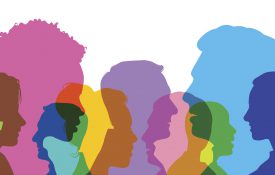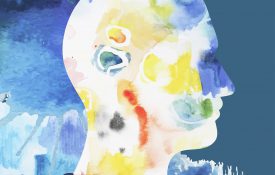-

To Understand Others’ Minds, ‘Being’ Them Beats Reading Them
We may believe we can tell what others are experiencing by observing them – but new research shows we’d get a much better idea if we put ourselves in their shoes instead.
-

Teens Drive More Safely in the Months After a Crash
Research involving actual driving data from over 250 teens suggests that involvement in a severe crash may prompt adolescents to engage in safer driving behavior.
-

Workplace Bullying May Be Linked to Long-Term Health Issues
A new study links workplace bullying to negative health outcomes for employees, including increases in long-term sick leave and prescriptions for antidepressants.
-
When You Need to Face Facts in Your Life
The Wall Street Journal: I’ve been having pain in my right knee. It hurts to exercise or sit cross-legged. Sometimes the pain wakes me up at night. I know I should see a doctor. But I worry he’ll tell me to stop doing yoga, which I love. And what if he says I need surgery? So I try to ignore the pain. Why do we sometimes resist the facts, even when we know they’re important? ... First, spend some time thinking about what you really value in life. Psychologists call this an affirmation invention.
-
Spoiler alert: most people want to remain in the dark, finds study
The Guardian: Whether anticipating good news or bad, it turns out that most people would prefer to remain in the dark than sneak a glimpse of the future. According to research involving more than 2,000 participants, more than 85% would not want to know if their marriage would end in divorce, while a similar proportion wanted to remain ignorant of when they would die. Even for happy events, ignorance was often prized, be it in the case of Christmas gifts, or the upshot of a football match. Read the whole story: The Guardian
-
Predictable bias
The Boston Globe: IN A SERIES of experiments, people were asked about their impressions of a white man whose personality profile suggested that he was moderately racist or moderately sexist. Obviously, women should expect bias from a sexist individual, while African-Americans and Latinos should expect bias from a racist individual. But expectations of bias also crossed over. Compared with a nonprejudiced profile, the racist profile led white women to expect sexist bias, too, while the sexist profile led African-American and Latino men to expect racist bias. Read the whole story: The Boston Globe

